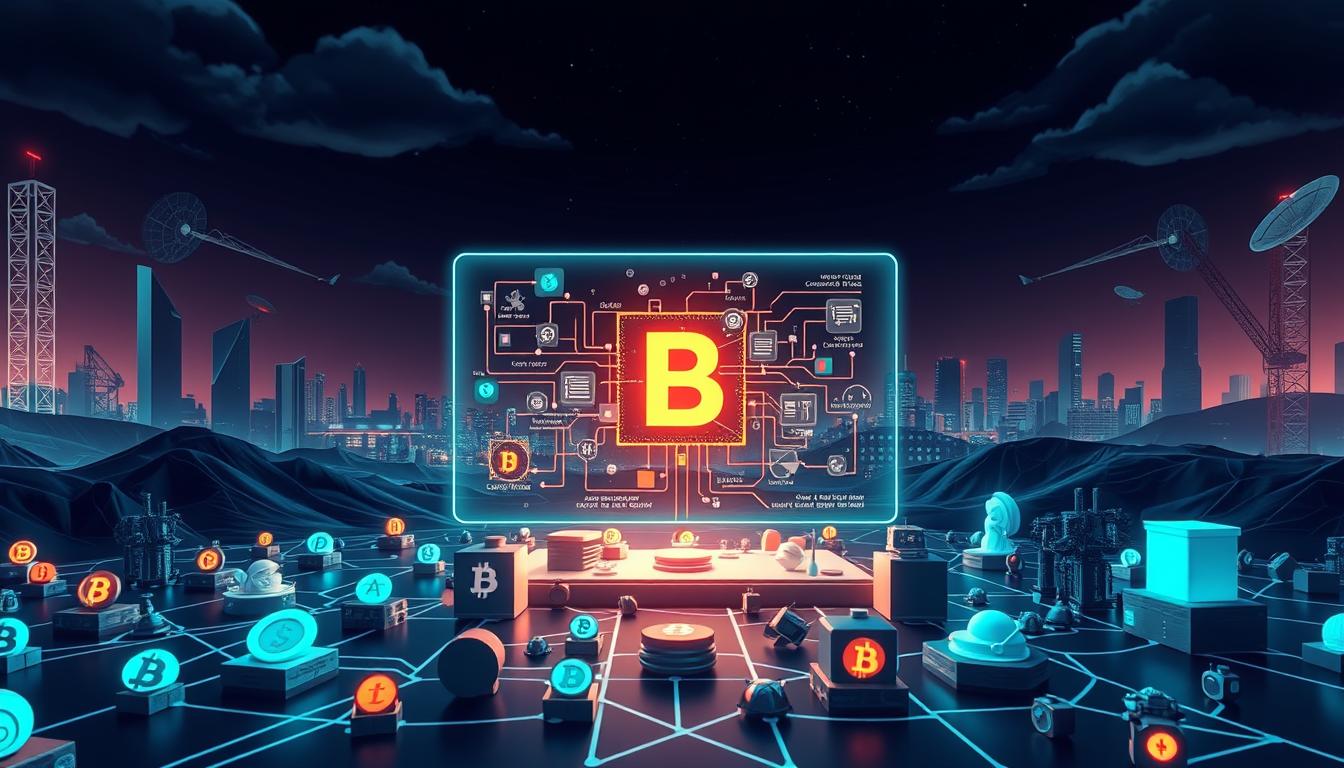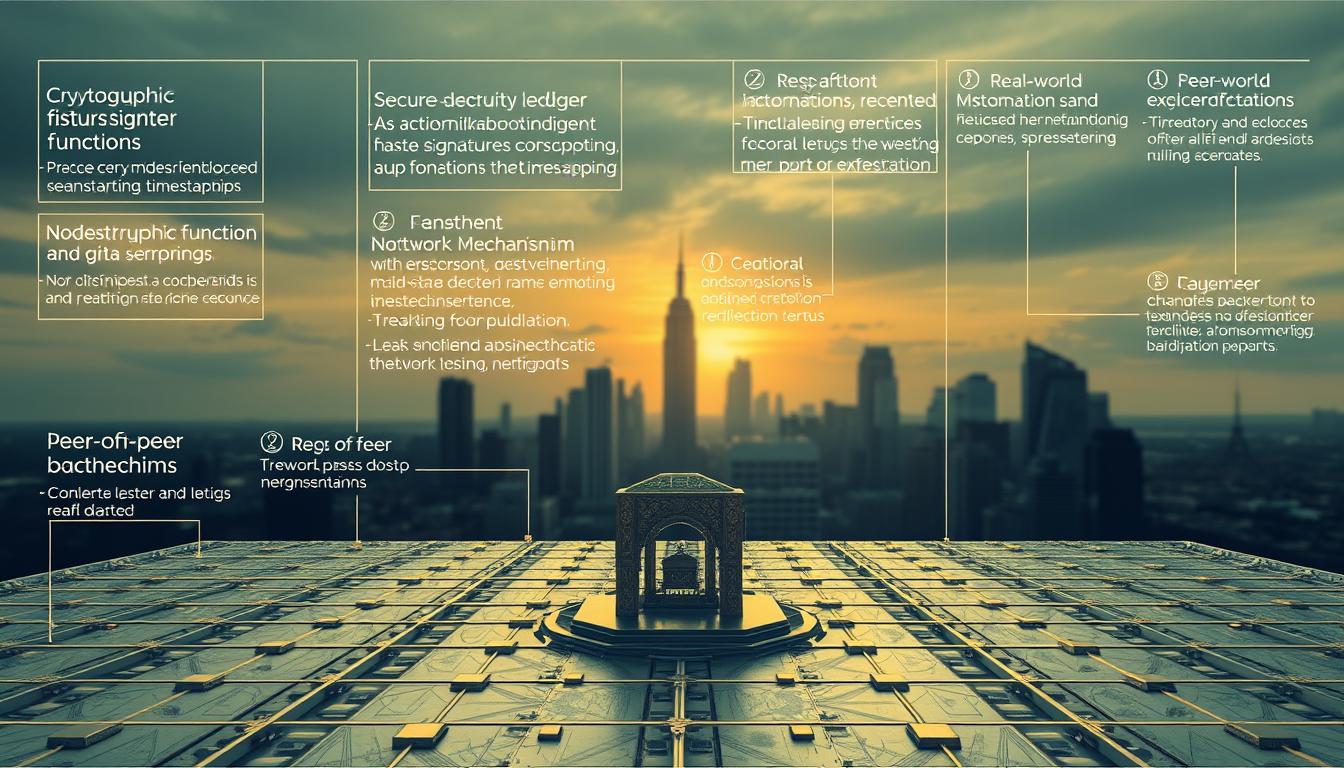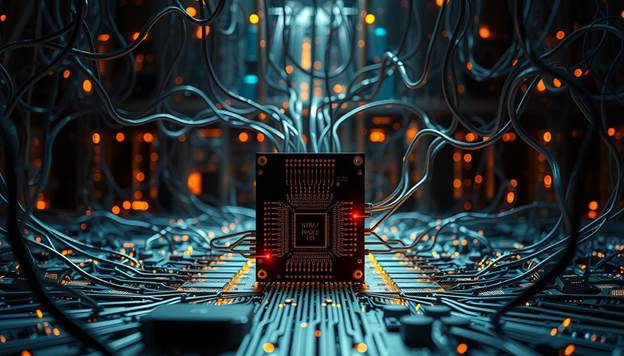What Is Blockchain and Crypto? A Simple Guide to How It All Works
Welcome to the world of Blockchain and Cryptocurrency! If you’re new to this space, you’re not alone. Many people are curious about these technologies but aren’t sure where to start.

In simple terms, Blockchain technology is a decentralized ledger that records transactions across a network of computers. This allows for secure, transparent, and efficient data management. Cryptocurrency is a digital or virtual currency that uses cryptography for security and is based on a decentralized network.
This guide will walk you through the basics of how Blockchain and Cryptocurrency work, their benefits, and what the future might hold.
options
- Understanding the basics of Blockchain technology
- Learning how Cryptocurrency works
- Exploring the benefits of decentralized networks
- Discovering the potential applications of Blockchain
- Getting insights into the future of Cryptocurrency
Understanding Blockchain & Cryptocurrency Basics
Diving into the world of blockchain and cryptocurrency can seem daunting, but understanding the basics is the first step towards navigating this exciting new financial frontier.
At its core, blockchain technology and cryptocurrency are intertwined concepts that are changing the way we think about money and financial transactions.
What Actually Is a Blockchain?
A blockchain is a decentralized, digital ledger that records transactions across a network of computers. This technology allows for secure, transparent, and tamper-proof data management.
- It’s decentralized, meaning no single entity controls it.
- Transactions are recorded in a chain of blocks, hence the name blockchain.
- The data is immutable, ensuring the integrity of the transactions.

Crypto Coins and Tokens Explained
Crypto coins and tokens are digital assets that utilize blockchain technology. While often used interchangeably, they have distinct differences.
Crypto coins, such as Bitcoin, are primarily used as a form of currency, whereas tokens can represent a variety of assets or utilities within a specific project or ecosystem.
The Digital Wallet: Your Crypto Home
A digital wallet is a software program that stores, sends, and receives cryptocurrencies. It’s a crucial tool for anyone looking to engage with blockchain and cryptocurrency.
Digital wallets can be hot (online) or cold (offline), each offering different levels of security and convenience.
How Blockchain and Crypto Work in Real Life
The practical applications of blockchain and cryptocurrency are vast and varied, impacting numerous aspects of our daily lives. To understand their significance, let’s delve into the specifics of how they work.
Making Transactions: Step by Step
First, you need a digital wallet to store your cryptocurrencies. This wallet is secured with a private key, which is used to authorize transactions. When you want to send cryptocurrency to someone else, you create a transaction and broadcast it to the network. The transaction is then verified by nodes on the network using complex algorithms and cryptography. Once verified, the transaction is combined with other transactions in a batch called a block and added to the blockchain. This process is facilitated by miners who solve complex mathematical problems to validate the transactions and are rewarded with a certain amount of cryptocurrency.
Here’s a simplified step-by-step breakdown:
- Create a digital wallet and secure it with a private key.
- Initiate a transaction by specifying the recipient’s public key and the amount to be transferred.
- Broadcast the transaction to the blockchain network.
- Miners verify the transaction using complex algorithms.
- The verified transaction is added to a block and then to the blockchain.
Bitcoin, Ethereum, and Other Popular Coins
Bitcoin is often referred to as digital gold due to its store of value properties. It’s the first and most widely recognized cryptocurrency.
Ethereum, on the other hand, is not just a cryptocurrency; it’s a programmable blockchain that allows for the creation of smart contracts and decentralized applications (dApps). Its native cryptocurrency is called Ether.
Other notable cryptocurrencies include Litecoin, known for its faster transaction times, and Ripple, which focuses on facilitating cross-border payments for banks and financial institutions.
| Cryptocurrency | Primary Use | Notable Feature |
|---|---|---|
| Bitcoin | Store of Value, Transactions | First and most recognized cryptocurrency |
| Ethereum | Programmable Blockchain, dApps | Smart Contracts |
| Litecoin | Faster Transactions | Quicker block generation rate |
| Ripple | Cross-Border Payments | Partnerships with banks and financial institutions |
Security Features That Keep Your Money Safe
The security of blockchain and cryptocurrency is one of their most compelling features. The use of advanced cryptography ensures that transactions are secure and irreversible. Additionally, the decentralized nature of blockchain technology means that there is no single point of failure, making it difficult for hackers to manipulate the system.
“The decentralized nature of blockchain, combined with advanced cryptography, provides a robust security framework for cryptocurrency transactions.”

To further enhance security, users are advised to use strong passwords, enable two-factor authentication, and keep their software up to date.
Conclusion: Is Blockchain the Future of Money?
As we’ve explored the world of Blockchain and Cryptocurrency, it’s clear that these technologies are transforming the way we think about money and financial transactions. Blockchain’s decentralized and secure nature has given rise to a plethora of Cryptocurrencies, each with its unique features and uses.
The significance of Blockchain lies in its ability to facilitate secure, transparent, and efficient transactions. With Cryptocurrency, users can make transactions without the need for intermediaries, reducing costs and increasing the speed of transactions.
While it’s difficult to predict the future, it’s evident that Blockchain and Cryptocurrency are here to stay. As the technology continues to evolve, we can expect to see new and innovative applications of Blockchain. Whether Blockchain becomes the future of money remains to be seen, but its impact on the financial industry is undeniable.
FAQ
What is blockchain technology?
Blockchain technology is a decentralized, digital ledger that records transactions across a network of computers. It’s the underlying technology behind cryptocurrencies like Bitcoin and Ethereum.
How do I buy cryptocurrency?
You can buy cryptocurrency through online exchanges, such as Coinbase or Binance, using traditional currency like the US dollar. You’ll need to create an account, verify your identity, and follow the exchange’s instructions.
What is a digital wallet?
A digital wallet is a software program that stores, sends, and receives cryptocurrencies. It’s like a virtual bank account, but for crypto. Examples include MetaMask, Trust Wallet, and Ledger.
What is the difference between a coin and a token?
A coin is a standalone cryptocurrency, like Bitcoin or Litecoin, that has its own blockchain. A token, on the other hand, is a digital asset that is built on top of another blockchain, like Ethereum. Tokens are often used for specific projects or applications.
How do I keep my cryptocurrency safe?
To keep your cryptocurrency safe, use a reputable exchange, enable two-factor authentication, and store your coins in a secure digital wallet. You can also consider using a hardware wallet, like Ledger or Trezor, for added security.
What is mining, and how does it work?
Mining is the process of verifying transactions on a blockchain network and adding them to the public ledger. Miners use powerful computers to solve complex mathematical problems, and in return, they’re rewarded with a certain amount of cryptocurrency.
Can I use cryptocurrency for everyday purchases?
Yes, many businesses accept cryptocurrency as payment, including online retailers, restaurants, and even some brick-and-mortar stores. However, adoption is still growing, and it’s not yet universally accepted.
How do I start investing in cryptocurrency?
To start investing in cryptocurrency, educate yourself on the market, choose a reputable exchange, and start with a small investment. It’s also essential to diversify your portfolio and not invest more than you can afford to lose.






